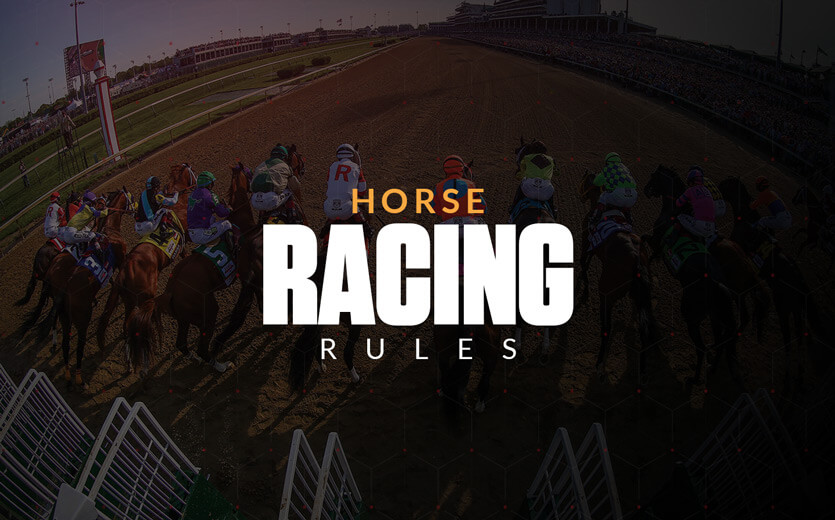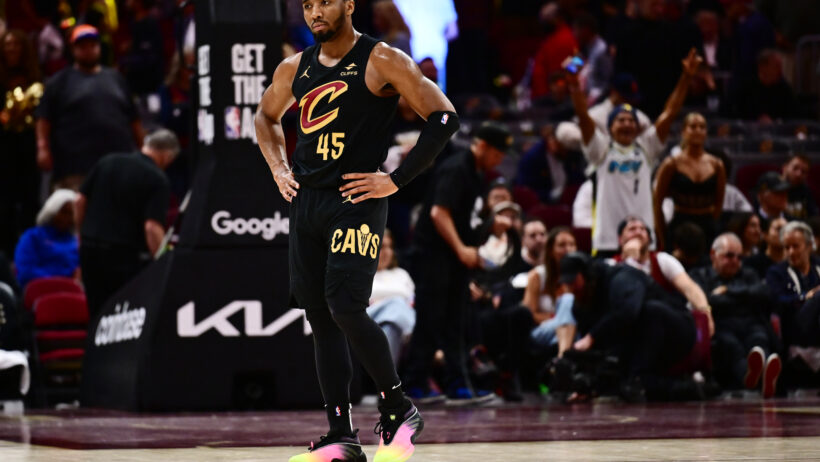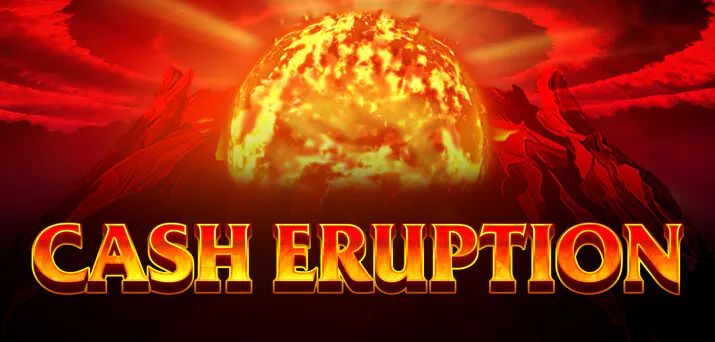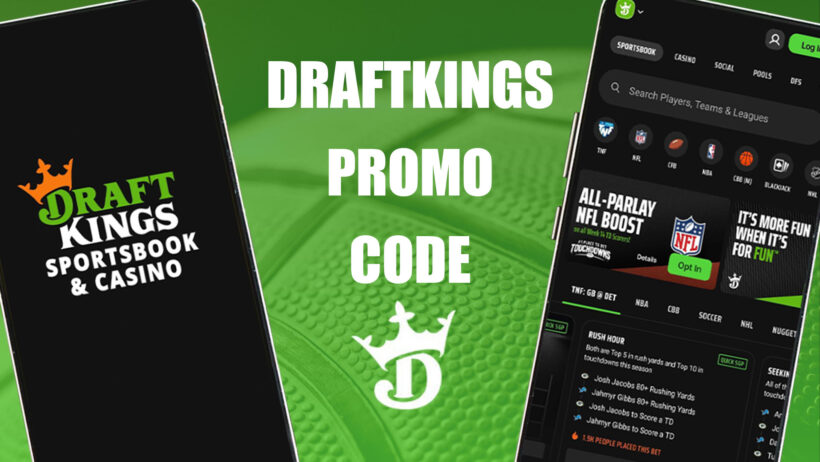Horse Racing Rules 101: A Basic Guide

Horse racing betting rules are fairly intuitive, but it’s worthwhile to review them because there are no direct comparisons with other sports. Oftentimes the lingo and intricacies of horse racing can make certain betting rules easy to confuse. It’s also important to know how to bet on horse racing in general.
In this guide, you’ll learn everything you need to know about horse racing’s basic rules.
Horse Racing Rules
It is important that you understand the exact rules are surrounding your bet, regardless of what that bet may be. When it comes to horse racing, you need to be precise to avoid winding up placing a bet on the wrong horse at the wrong time.
- FANDUEL RACING
GET A $500 NO SWEAT FIRST BET
While some of the following information may seem obvious, it’s always the sharper play to quickly clarify the rules.
Post Time
The time a race is supposed to begin is “post time.” It refers to the time that the horses arrive at the post which is another term for the starting gate.
Bets are taken until the horses are released from the gate. Once the horses are off, all betting is cut off.
Post Positions and Entry Numbers
While every horse has a name, it would be very difficult and time-consuming for fans at the track to go to the window and say “Two dollars to win on Sporty Girl,” and then have the ticket writer look up what number and what race and what track Sports Girl is running in. Instead, each horse is given a number that usually corresponds to their post position.
Normally number one breaks closest to the rail, number two is outside of number one, and so forth. Before you bet, consult the program or racing form and make sure you know the number(s) of the horse(s) you want to wager on.
Number of Allowed Entries
When multiple horses are owned by the same person or group and are running in the same race, they are coupled as one betting interest. This means when you bet on one of them, you get both. Entries are almost always number 1 and 1A, though they don’t necessarily break from the rail. If you want to bet on the entry just indicate number one.
It would be unfair for an owner to have two horses in the same race and be able to bet on one and not the other. Even worse would be an owner entering one horse to aid another, but jeopardize its own chances. That is why we have entries; if an owner wants multiple horses in the same race that is okay, but they are a coupled betting entry: bet on one and you get both.
Bet by Race Number
Even if you are planning on betting the Kentucky Derby, if you are phoning in a bet, talking to a teller in person, or wagering online, each race is identified by number.
If the Kentucky Derby is the 11th of 13 races on Derby Day at Churchill Downs, indicate you want to bet on race 11. There are multiple tracks and races running on the same day, so pay attention!
On weekends there can be a couple of dozen tracks running on the same day, and half of them at the same time. Knowing that you want #3 in race 6 is not good enough, you need to indicate which track you are wagering on.
If the Kentucky Derby is race 11, make sure you are betting the right horse in the right race at Churchill Downs. Make sure to do your due diligence.
Scratches: When Listed Horses Don’t Race
It’s completely at an owner or trainer’s discretion to determine they don’t want their horse to run in a race that they previously had entered in. For health reasons, the track veterinarian can decide to scratch a horse as well.
If you bet on a horse that scratches in an individual race you’ll get a refund. If you bet on a horse that scratches in a multi-race bet (a parlay style bet) you either receive a refund, consolation payout, or in some instances your wager will shift to the race favorite when the gates open.
Dead Heats
Ties may not happen in the NBA or baseball, but sometimes two or more horses hit the wire at exactly the same time. In the event of a tie, known as a dead heat in horse racing, bets on tied horses are all declared winners. However, since there are more winning tickets than if just one horse wins, the payout goes down based on the odds.
The higher priced horse will still pay more than the lower priced horse, proportionately, since it is more difficult to hit a 10/1 shot that gets to the wire at the same time as a 2/1 horse. The final odds still matter in dead heats.
In the case of dead heats, the losing bets are redistributed so that money is allocated to the winners equally. For example, if there is $10,000 to divvy up, $5,000 goes towards those who chose the 2/1 horse and $5,000 goes to the 10/1 tickets, but since there are five times as many 2/1 tickets than 10/1 bets, the payout is five times as large to those who had the 10/1 horse.
If these pari-mutuel odds and payouts sound confusing, check out our guide to horse racing terminology in addition to our guide on how to understand sports odds and payouts.
Inquiries
If a horse or jockey plays outside the rules during the course of a race, an inquiry can be enforced by the officials.
A horse that dangerously cuts off another horse, bumps a competitor or obstructs a horse from having a fair chance to finish higher in the race can be disqualified or placed behind the horse that they interfered with in the final finishing order.
There’s Always More to Learn!
Now that you know the basic horse racing rules, you’re ready to place a bet! Online horse betting is legal in over 30 states. Find an online site from our list of partners that offers a generous sign up promo.
All betting can be intimidating at first, but given some time they become second nature. To ease the transition, check out our how-to guides or our betting 101 guide for all types of sports betting.

Evergreen Manager; Sportsbook Expert
Following a sports journalism career with his work appearing in outlets like theScore, The Province, and VICE Sports, Patrick moved into the world of content marketing to bridge the gap between great writing and SEO success. He’s brought that same mindset to lead evergreen content efforts at SBD.



